Growth in Wastewater Treatment
The Progressive Cavity Pump Market is poised for growth due to the increasing focus on wastewater treatment solutions. As urbanization accelerates, the demand for effective wastewater management systems rises, necessitating the use of efficient pumping technologies. Progressive cavity pumps are particularly suited for this application, as they can handle solids and maintain a steady flow, making them ideal for sewage and sludge transfer. Recent statistics indicate that the wastewater treatment sector is expanding, with investments in infrastructure projected to rise significantly. This growth is likely to drive the adoption of progressive cavity pumps, thereby reinforcing their role in the Progressive Cavity Pump Market.
Rising Demand in Oil and Gas Sector
The Progressive Cavity Pump Market is experiencing a notable surge in demand, particularly within the oil and gas sector. This increase is largely attributed to the pumps' ability to handle viscous fluids and maintain a consistent flow rate, which is essential for various applications such as crude oil extraction and transportation. As exploration activities expand, the need for reliable pumping solutions becomes paramount. According to recent data, the oil and gas sector accounts for a substantial share of the overall market, with projections indicating a continued growth trajectory. This trend suggests that the Progressive Cavity Pump Market will likely benefit from increased investments in upstream activities, thereby enhancing its market presence.
Expansion in Food and Beverage Industry
The Progressive Cavity Pump Market is benefiting from the expansion of the food and beverage sector, which increasingly requires reliable and hygienic pumping solutions. These pumps are particularly effective for transferring viscous materials such as sauces, pastes, and other food products, ensuring minimal shear and maintaining product integrity. The food and beverage industry has seen a steady growth rate, with projections suggesting a continued upward trend. This growth is likely to stimulate demand for progressive cavity pumps, as manufacturers seek to enhance production efficiency and comply with stringent hygiene standards. Consequently, the Progressive Cavity Pump Market is expected to witness a positive impact from this sector's expansion.
Technological Innovations in Pump Design
The Progressive Cavity Pump Market is experiencing a wave of technological innovations that enhance pump performance and efficiency. Recent advancements in materials and design have led to the development of pumps that are more durable, energy-efficient, and capable of handling a wider range of fluids. These innovations not only improve operational efficiency but also reduce maintenance costs, making progressive cavity pumps an attractive option for various industries. As companies increasingly prioritize efficiency and sustainability, the demand for technologically advanced pumping solutions is likely to rise. This trend suggests that the Progressive Cavity Pump Market will continue to evolve, driven by ongoing research and development efforts.
Increased Investment in Mining Activities
The Progressive Cavity Pump Market is likely to benefit from increased investments in mining activities, particularly in the extraction of minerals and metals. Progressive cavity pumps are well-suited for handling slurries and other challenging materials commonly found in mining operations. As the demand for minerals continues to grow, driven by technological advancements and industrial applications, mining companies are expected to invest in efficient pumping solutions. Recent data indicates that the mining sector is on an upward trajectory, which may lead to a corresponding increase in the adoption of progressive cavity pumps. This trend could significantly bolster the Progressive Cavity Pump Market in the coming years.
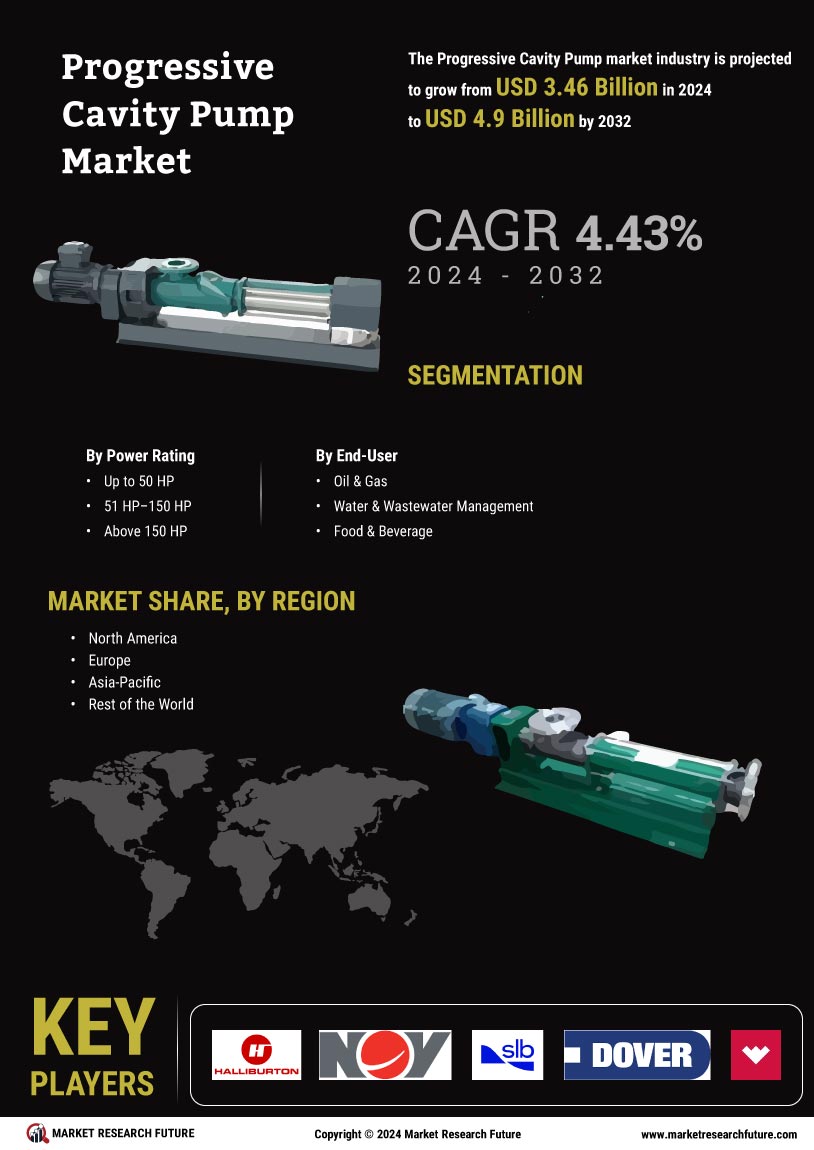

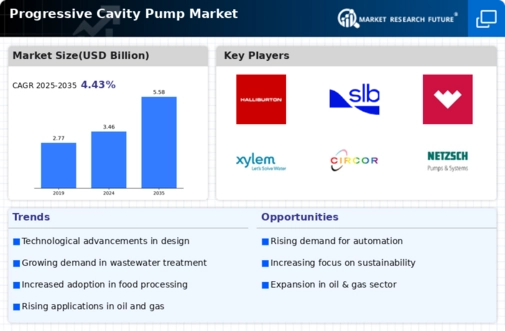
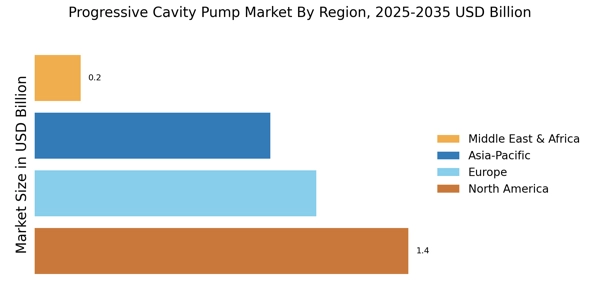
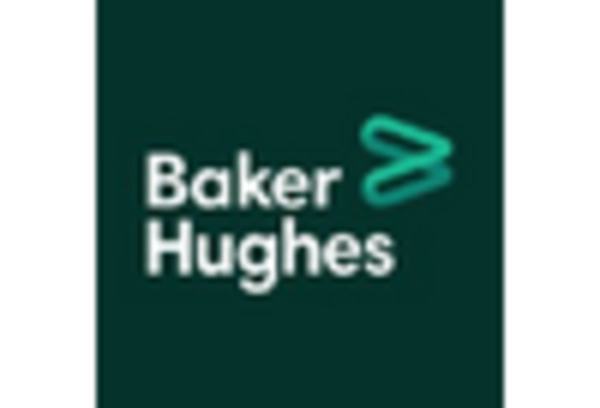
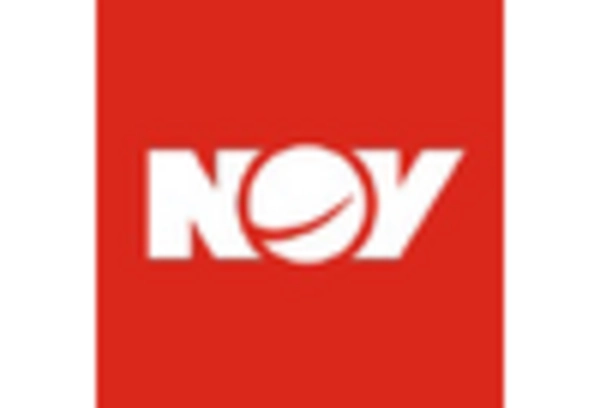
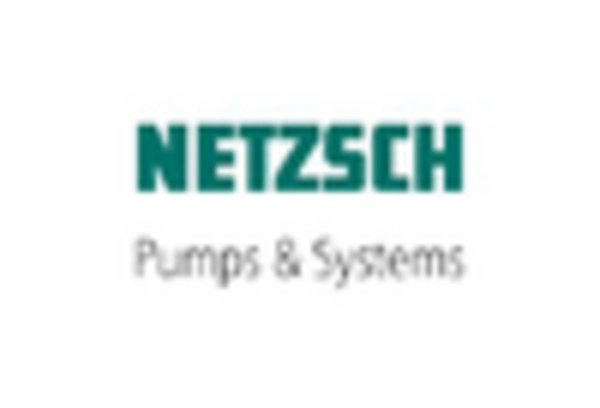
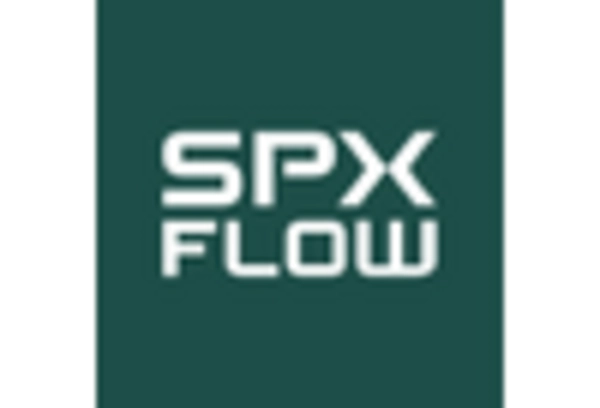
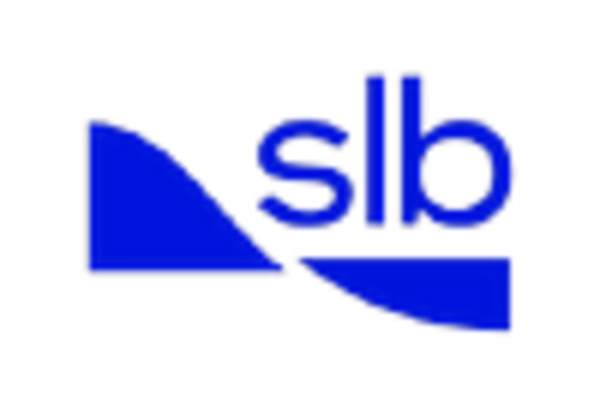
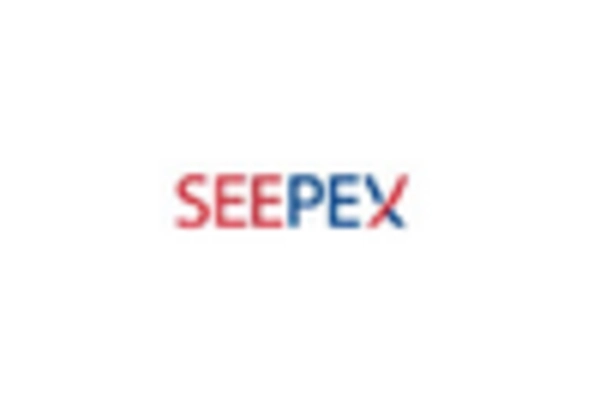








Leave a Comment